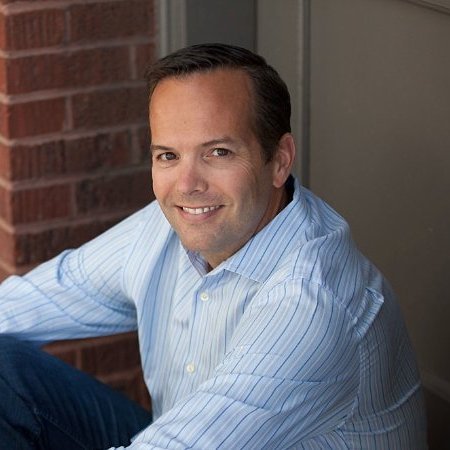Thanks to HackCollege.com for this fantastic infographic
Photo by Robert Scoble This is long but worth listening to, key points If you are thinking...
From our startup friends http://oresundstartups.com in Copenhagen comes a story by former Australian Department of Innovation Policy Officer Kristina...
Getting through college is tough and even more so in a recession. The Consumer Financial Protection Board...
Ok Google Glass is an exciting technology, I believe it will be a large tech segment in...




